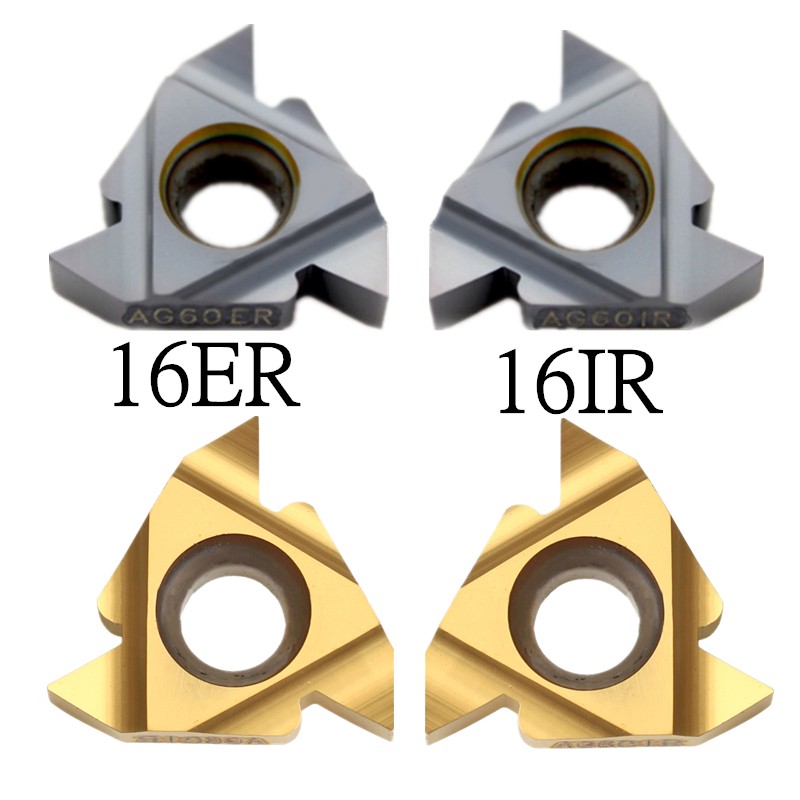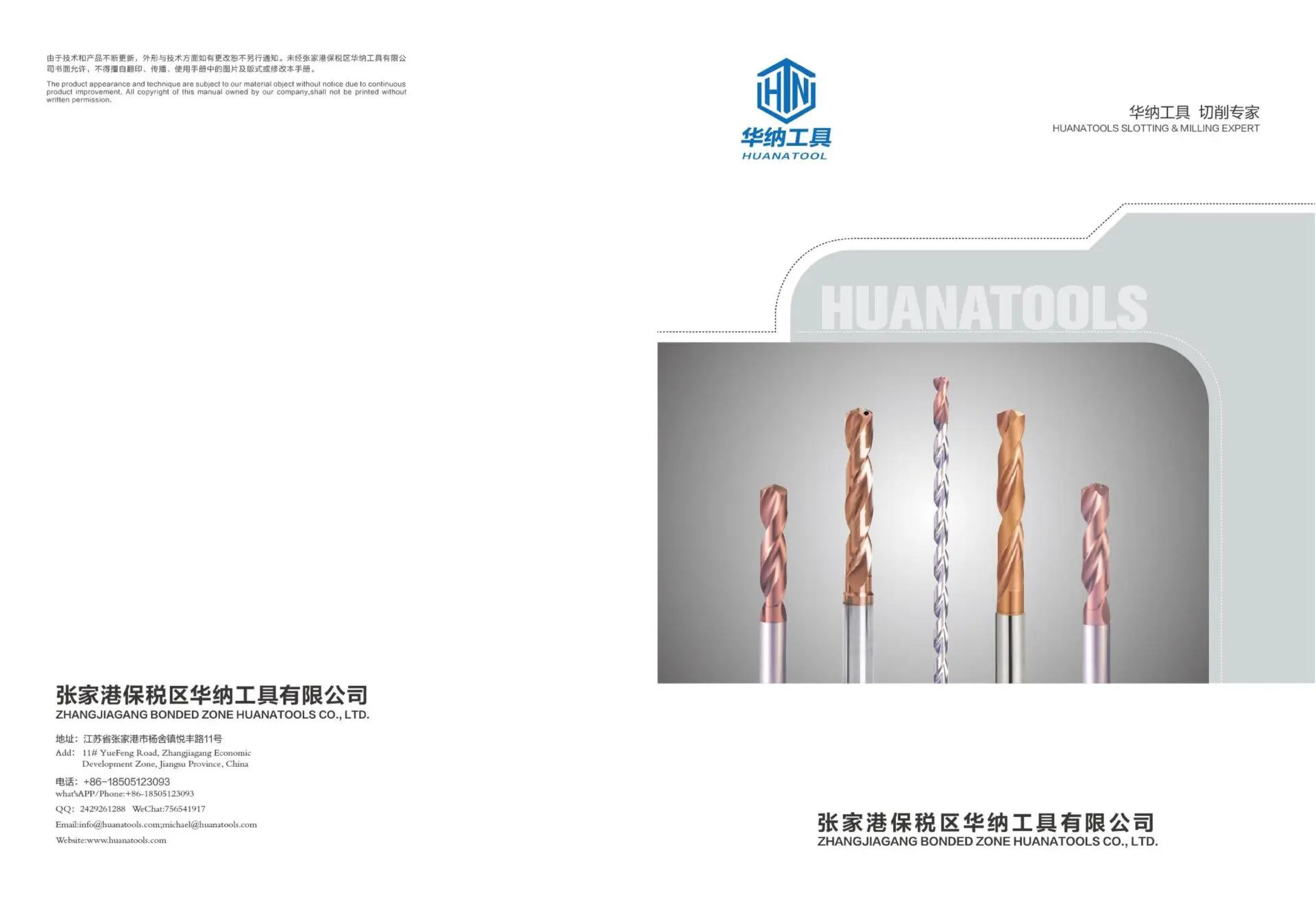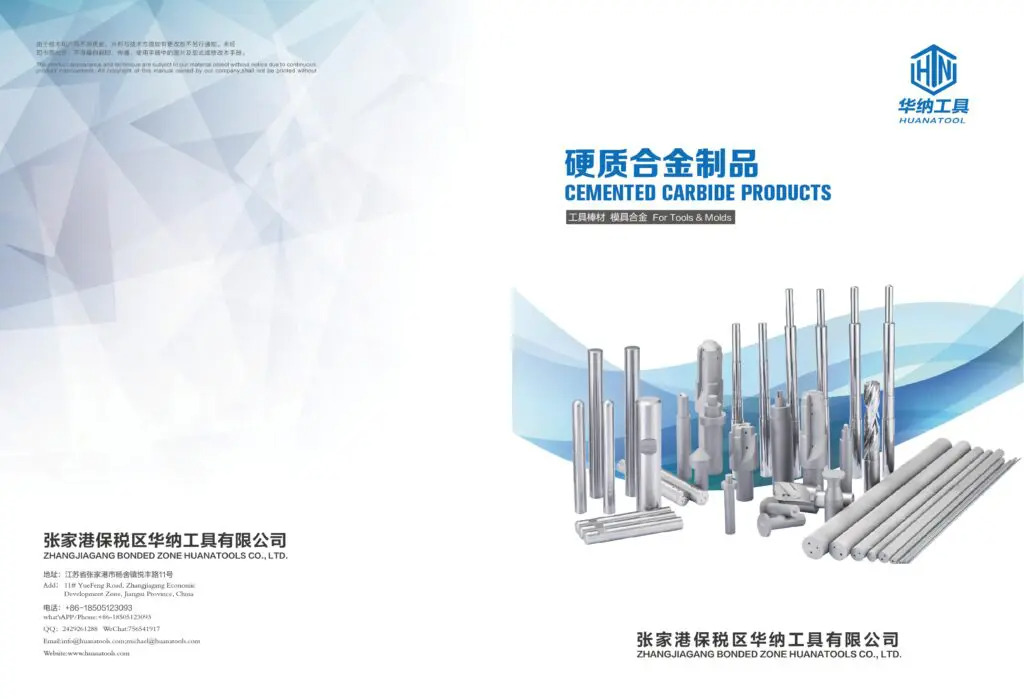Description
A fastener element on an object is a threaded insert known as a threaded bushing, which is inserted into the thing to add a threaded hole. The use of threaded inserts to repair, replace, or reuse damaged, torn out, or jammed threaded holes enable expensive products to be saved from the scrap heap – saving them from the landfill. The use of threaded inserts is not limited to welding, but they also have the capability of joining manufactured parts made of light metals or castings. Alternatively, for inserts with internal threads larger than M6, a locking pin is provided instead to prevent the insert from rotating. These inserts are primarily used for manufacture and cabinetmaking and injection moulding or plastic fabrication. You can choose from several unique insert methods, including self-tapping, push-in, and ultrasonic insertion. Depending on the insert type, you can find unique characteristics and applications. Although thread inserts are most commonly used to repair broken threads, you may also use them in OEM applications to reinforce threads in softer materials, such as aluminium or magnesium. The steel-like thread performance of more delicate metallic materials is accomplished by incorporating wire thread inserts. Due to this advancement, industries can now use lighter-weight materials like aluminium without sacrificing the strength of the threads that hold their fasteners in place. You can achieve a variety of applications like custom sheet metal forming with Threaded Inserts for Metal, which are easy to use and long-lasting. The carbide inserts sleeve is inserted securely into the tap hole so that the fastener will not move. The threaded insert on a rivet nut provides a solid cavity to hold a threaded fastener once the insert has been installed. Washers often protect the holes in joints that must be assembled and disassembled frequently to prevent stripping.








